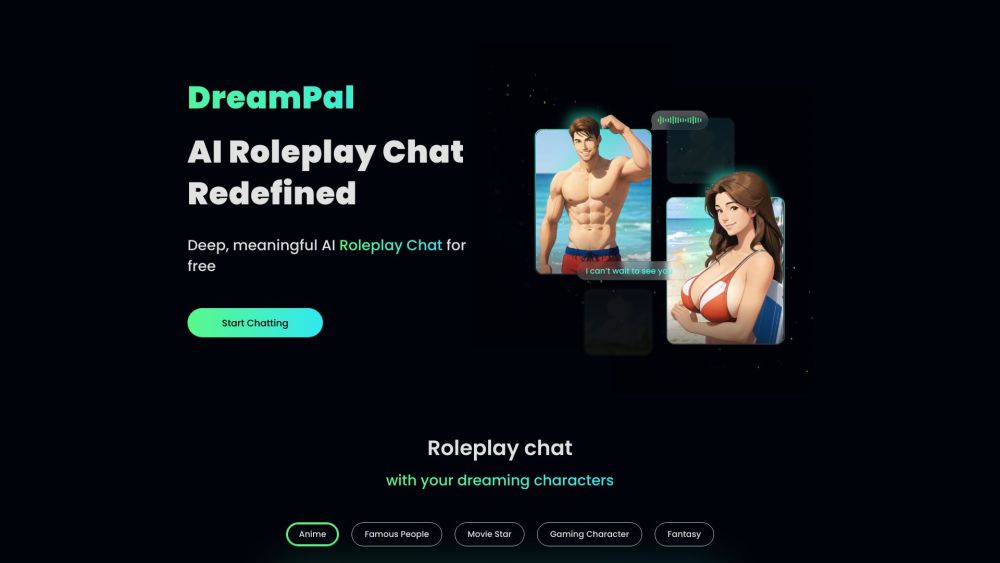Recently, the winds of artificial intelligence (AI) have shifted towards children's products. OpenAI invested in the children's game generator company Heeyo, while the AI startup Haivivi—founded by a former Tmall Genie partner—launched AI-based toys. Additionally, 360 released China's first AI smartwatch for kids, and the educational startup Conan AI secured significant angel funding.
As reported, since the launch of ChatGPT on November 30, 2022, nearly 78,612 new AI-related companies in China have either been dissolved, had their licenses revoked, or are under abnormal business conditions. Amid this fierce landscape, AI firms now see opportunities in niches related to children's needs, including educational hardware, toys, and games. However, as more parents spend on “AI+” products, related risks are quietly surfacing.
Executives from leading firms are focusing on AI toys that answer children's many questions—like, “Why is the teacher not old?” or “Do ghosts exist?” In the past, parents faced countless “whys” from their children. Now, many parents are seeking to free themselves by introducing AI conversational toys. A common product surfacing on social media platforms like Xiaohongshu is the AI toy BubblePal, a white, bulb-shaped interactive device priced at 449 yuan, developed by Haivivi. This toy can be attached to various plush animals and engages kids in dialogue based on advanced AI technology.
Parents share videos showing how this device can transform any plush toy into a speaking companion, whether it’s a fluffy rabbit or a superhero. BubblePal can assume roles from characters like Peppa Pig to Elsa and can respond based on long-term training with various personas. Haivivi, initially incubated by iQIYI, spun off at the end of 2021 after receiving significant angel investment.
As of July 30, this AI toy has sold over 800 units on its official Taobao store and has generated around 50,000 views on related topics on Xiaohongshu. It's worth noting that BubblePal's subscription service, which includes additional features and annual fees for user reports and badges, adds to its appeal.
AI toys are not an entirely new phenomenon, as demonstrated overseas by Curio's collaboration with Canadian musician Grimes to create interactive AI plush toys. However, the trend has just begun to gain traction in China this year, with multiple startups entering the AI toy market. For example, in April 2024, the emotional companionship startup "Super Cuteness" announced new funding, showcasing an AI model specifically designed for emotional support, integrating text, voice, and visual capabilities.
Another startup, FoloToy, aims to combine AI with story-telling machines, embedding AI models into existing toys to create engaging interaction for various age groups. Meanwhile, "Beipei Technology," founded by former executive Huang Yingning of Fourth Paradigm AIOS, is focusing on educational AI companionship toys.
Despite the excitement surrounding these innovations, a closer look reveals a high degree of product overlap among these companies. Functionality—encompassing role-playing and storytelling capabilities—remains largely similar, amplifying the challenge for brands to distinguish themselves in a market where intellectual property and brand identity may ultimately dictate success.
In terms of educational hardware, the integration of AI is no longer a novelty; it has become an established trend. Products such as learning machines, dictionary pens, and early education devices have all adopted AI features. Recently, 360 unveiled China’s first AI children's smartwatch—marketed as a versatile assistant for kids—while numerous other startups are also innovating in AI-driven education tools.
Despite the promising outlook for AI enhancements in educational hardware, skepticism remains regarding whether technology can truly transform traditional learning tools. Parental feedback on AI learning devices has often been critical, highlighting concerns regarding usability and effectiveness.
Amid these developments, a pressing question arises: Are these AI innovations enriching children’s experiences, or are they, in some respects, curtailing childhood? As noted by sociologist Bao Leiping, the worry is that children may find themselves in an “endless rabbit hole,” drawn into a virtual world that disconnects them from reality. Besides the risks of screen addiction, issues of data security, physical and mental well-being, and a lack of regulatory oversight remain pressing concerns.
In conclusion, while “AI+” signifies a clear trend and digital integration continues to empower child development, the overarching impact on childhood experiences is still unfolding. As AI products become ubiquitous in daily life, we must carefully consider whether this leads to richer companionship or an unintended premature end to childhood innocence.





